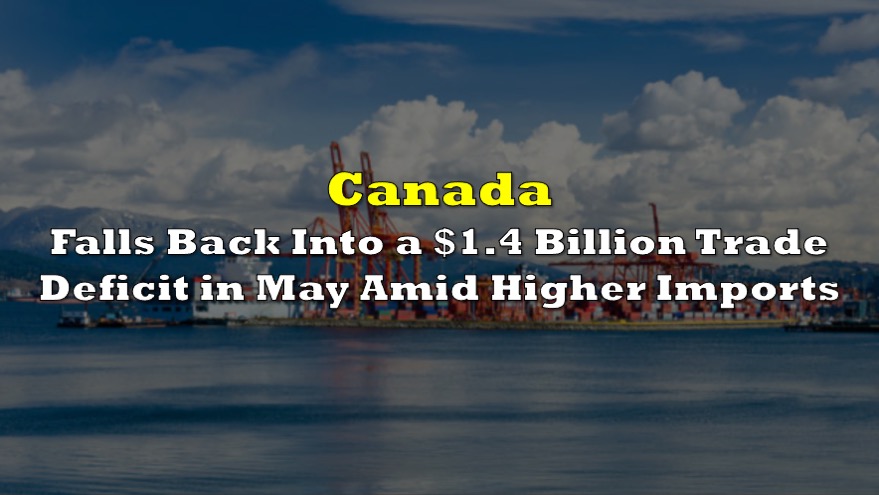Canada’s recent implementation of surtaxes on Chinese-made electric vehicles, steel, and aluminum is set to reshape trade dynamics and industry landscapes, with a range of economic consequences already in motion. The measures, introduced in October 2024, aim to bolster domestic industries and reduce dependence on Chinese imports, but their effectiveness and broader implications are far from straightforward.
The most immediate impact of these surtaxes is an increase in costs across several Canadian industries, particularly manufacturing and construction. With Chinese steel and aluminum imports subject to a 25% surtax, the price of these materials is expected to rise significantly, straining industries that rely heavily on affordable inputs.
In parallel, a 100% surtax on Chinese-made EVs is anticipated to disrupt the automotive market, particularly for companies like Tesla, which rely on their Shanghai plant for global exports.
Higher costs for steel and aluminum are projected to suppress output in these sectors, as businesses grapple with pricier materials and limited alternatives. Also, the surtax on EVs is likely to shift consumer preferences away from Chinese-made models.
The Parliamentary Budget Officer estimates that these measures will generate $473 million in federal revenues over five years. However, this revenue comes at the expense of broader economic adjustments, with trade patterns expected to shift dramatically.
Surtaxes expectations
The surtaxes are expected to reduce Canada’s imports of Chinese steel and aluminum by nearly 50%, encouraging a shift toward domestic producers and alternative suppliers like the United States and Mexico. The Global Trade Analysis Project model predicts that domestic steel and aluminum production will rise, partially offsetting higher input costs.
The EV market faces a more complex outcome. Imports of Chinese-made EVs surged to $2.3 billion in 2023, a near 1,900% increase from the previous year due to Tesla’s Shanghai plant. The surtax, however, is expected to sharply curtail these imports.
Despite the apparent deterrence, some experts argue that Tesla and other manufacturers may simply redirect vehicles from plants outside China to meet Canadian demand. This substitution effect limits the surtax’s potential to encourage domestic EV production while still raising costs for consumers.
While the surtaxes will improve Canada’s fiscal position in the short term, the broader economic costs complicate their impact. The PBO estimates that revenues from the surtaxes will total $1.02 billion for steel and aluminum and $551 million for EVs over five years.
However, annual costs to the government are projected to average $124 million, largely due to consumers and businesses avoiding taxed goods.
The surtaxes are unlikely to significantly affect Canada’s real GDP. Still, the sectoral impact—shifting production away from Chinese imports and raising costs for downstream industries—raises questions about the broader economic trade-offs.
These surtaxes are part of Canada’s broader strategy to reduce economic dependence on China amid increasing geopolitical tensions. The measures align with similar policies enacted by the United States and Mexico, creating a unified front against what Western nations perceive as unfair trade practices by China.
Information for this story was found via the sources mentioned. The author has no securities or affiliations related to the organizations discussed. Not a recommendation to buy or sell. Always do additional research and consult a professional before purchasing a security. The author holds no licenses.









